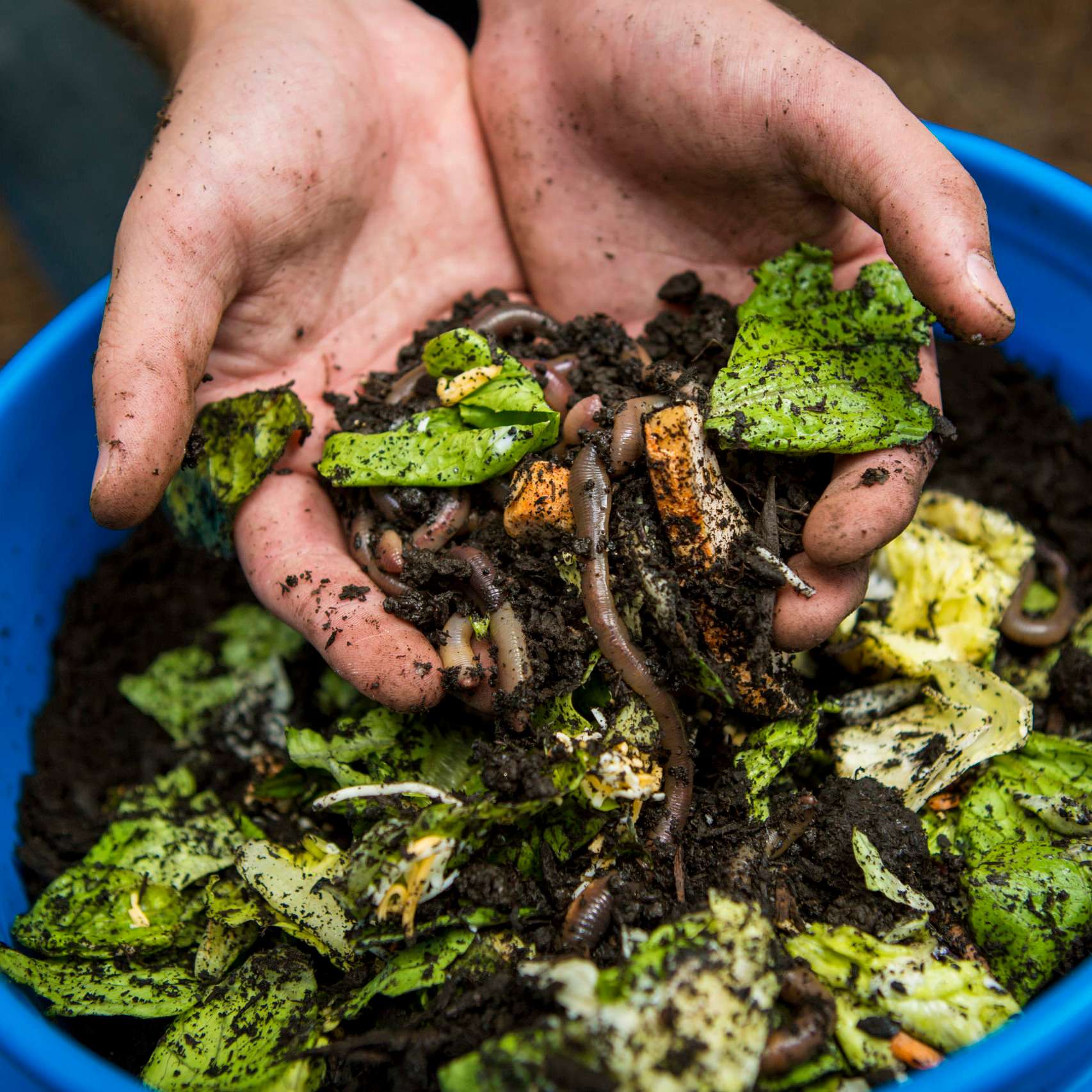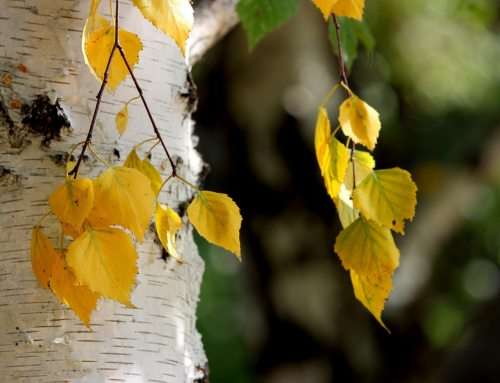The Benefits of Compost and How to Make Your Own
Compost. It is sold in every garden centre, supermarket, and hardware shop. We are encouraged to create our own with our food waste, garden cuttings and various modern plastic alternatives; but what is it and how can we be using it to maximise our gardens, as well as our sustainability efforts?
The purpose of compost is to give plants better nutrition, as it contains a wide selection of both macro and micronutrients. The balance of which, depends on what the compost is made from. It will give plants better hydration by making clay soil drain more efficiently and sandy soil retain moisture. It will also improve the microbiome of the soil and introduce many organisms into it, turning it into a thriving ecosystem of its own.
Compost is made from the decomposition of organic matter. This could be plant material, manure from any animal, or even vegetable kitchen waste as a starting point. The decomposition process then requires oxygen, the correct moisture levels, the correct temperature and a wide selection of microorganisms. These will turn the waste from a pile of vegetable peelings, into the soft material that we usually associate with the bags we then buy. The process is a living one, where heat is given off. Some of those microorganisms are thermophiles that can withstand very high temperatures, which are often produced and required in the composting process. The addition of the living compost to our soil will in turn add the microorganisms, breaking down any organic matter that is there and improving the overall quality.

By Libby Reeves – Head of Horticulture
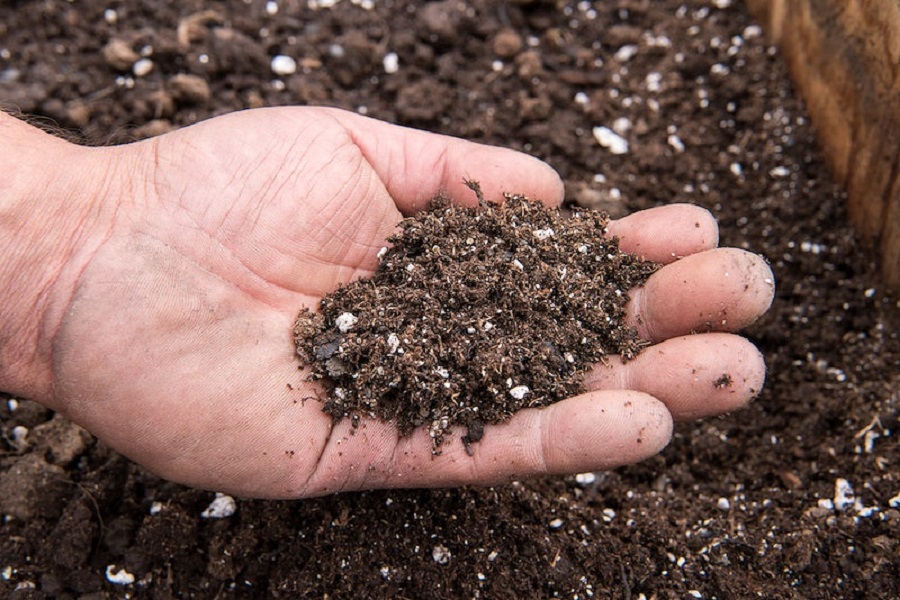
As the world population is increasing, so too is the volume of waste being generated. This includes food waste as well as manure from all organisms including people, pets and farming livestock. Composting is therefore a sound method of getting rid of this excess waste and an opportunity to benefit the planet. The soil-improving characteristics of composted material and the addition of nutrients, can massively decrease the amount of chemical fertiliser that is added to a crop. Not only is this is better for the planet, but also keeps production costs lower and in turn the price of food too.
Going Peat-Free
Many bagged compost products and growing mediums over the years have contained peat. The use of peat bogs as a resource has been criticised widely as the removal of carbon sinks decreases the planet’s ability to absorb carbon dioxide. Peat is very cold to the touch, which suggests that it is far lower in decomposing microorganisms than peat-free compost. The addition of peat to the soil may slightly improve the texture of the soil, but the scope for a peat-free compost to do far more than this is huge. Peat-free technology is still in its relative infant stages; the more we continue to use it, the more research can be done and the likelihood is that peat-free will become better for the growing of all plants in all settings.
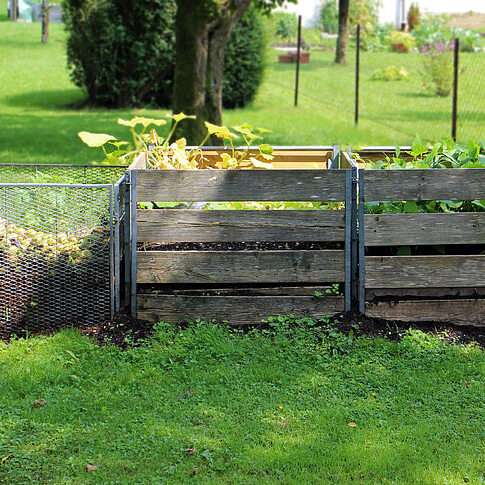
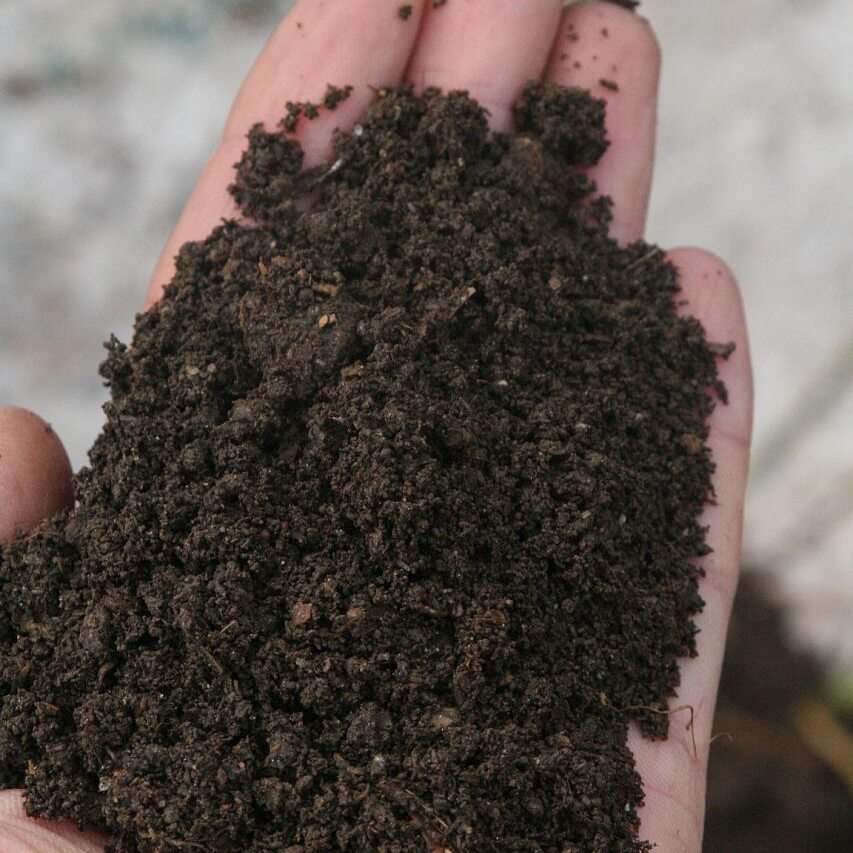
Making your own compost
Making your own compost is easy, cheap, and very environmentally friendly. It can be done at a very basic level or can be enhanced with the addition of technology. For the average home gardener, there are many options for compost bins. Most have a place in the right type of garden, but given that some level of turning is required to ensure a good mix of materials, accessibility is worth considering. A large garden might have room for compost bays that can be added to at different times and turned regularly either by hand or by tractor. Chopping up the contents that you put in will speed up the process and if you have plenty of material, there are specific plant shredders to do this for you but for many, this would be excessive. A thermometer with a long probe can allow you to test the heat inside the heap, and a tarpaulin can keep is sheltered from the rain.
A small garden could have a turning box, that can be added to when necessary and turned by a crank and a little effort. Again, chopping the contents up, will make the process quicker. Allowing the compost time to mature before removing it, ensures you have a regular supply and plenty of new material to add once you have removed some. A wormery would be a great addition to any garden where compost is produced and a liquid that can be mixed with water as a liquid plant food.
A mix of brown and green matter is essential, the RHS recommends 75% brown (prunings, twigs, cardboard, etc) to 25% green (weeds, leaves, grass cuttings) but as it is difficult to calculate, just be considerate when adding excess levels of green waste. Leaves can be composted on their own, to create leaf mould. This is a wonderful product with an excellent texture, but very low in nutrition (ideal for starting seedlings). Adding weed seed heads and roots, particularly the troublesome ones, such as bindweed, equisetum, and ground elder is a bad idea, as the temperatures are often not high enough to kill them off, and you are only spreading the unwanted species further into your garden.
To conclude, compost is an amazing natural product that we can buy and create which will use up excess waste products and improve the health of our garden plants, vegetables and trees. Come along and visit our plant nursery, to asses the selection we have available.
